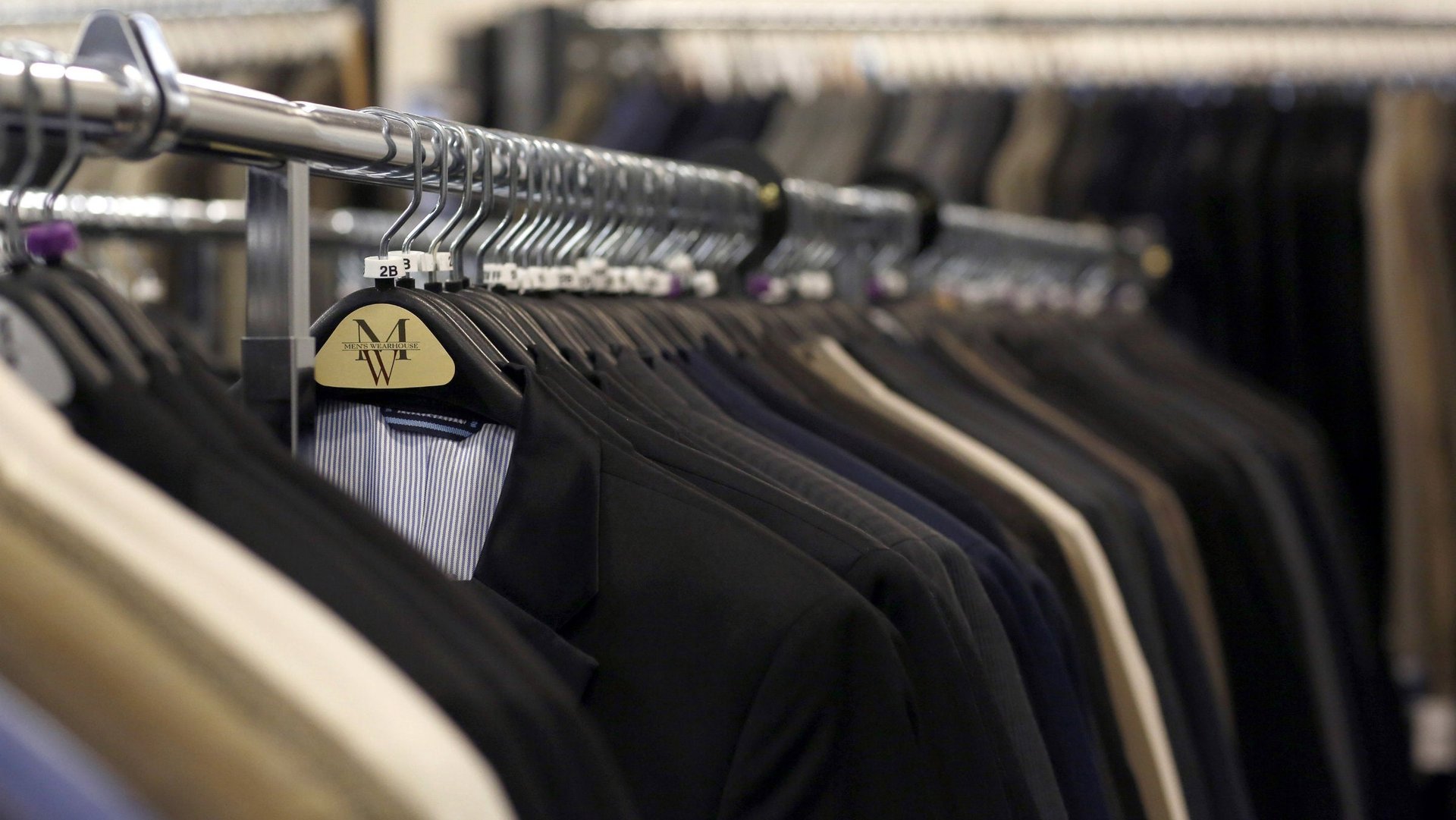The battle for control of dads’ wardrobes has turned nasty
America’s affordable menswear industry was the unlikely epicenter for one of 2013’s most interesting takeover battles. And this morning the saga, which has featured just about every tactic in the deal banker’s playbook, took yet another twist.


America’s affordable menswear industry was the unlikely epicenter for one of 2013’s most interesting takeover battles. And this morning the saga, which has featured just about every tactic in the deal banker’s playbook, took yet another twist.
One of the two protagonists, Men’s Wearhouse, fired the latest salvo, lifting the value of its bid for its smaller rival, Jos. A Bank, to $1.6 billion, and “going hostile.“ In other words, rather than going through the front door and trying to get the company’s board of directors to agree to be taken over, it will now approach shareholders directly in an attempt to gain their support for the deal.
This all started last October when Jos. A Bank launched a surprise, $2.1 billion bid for Men’s Wearhouse. Such a deal would expand the smaller chain’s presence and financial muscle dramatically—Men’s Wearhouse has about double the stores and annual sales of Jos. A Bank. Unsurprisingly, Men’s Wearhouse rejected the overtures. Then, it responded by employing what is known in the mergers and acquisitions industry as the “Pac-Man defense“—turning the tables by launching a $1.5 billion bid of its own for its suitor. That bid was also rejected, leading to today’s latest move.
The complications don’t stop there. Both companies have adopted so-called “poison pill” plans that would make hostile takeovers less likely to succeed. This means that once any single investor secures more than 10% of either company, it triggers the issuance of new shares that other existing shareholders can buy at a discount, thereby diluting the would-be buyer’s stake.
But investors on both sides are pushing for a tie-up, and Jos. A Bank shareholder’s nerve will now be tested. Men’s Wearhouse has been under pressure from one of its biggest shareholders, Eminence Capital, to agree to a deal. Similarly, the whole episode started in the first place due to pressure being placed on Jos. A Bank from shareholders to put its $377 million cash pile to work.
A tie-up seems inevitable; the only question is who buys whom. But how would it affect the market for cheap suits? Even though Men’s Wearhouse initially said a deal could raise antitrust issues, regulators aren’t likely to block a deal on competition grounds, the Wall Street Journal reported earlier this year. Although the companies are the two main players in the cut-price menswear industry, they also face competition from large department stores.
That said, authorities weren’t expected to intervene in the US Airways-American Airlines tie-up either. And while you might be forgiven for thinking that airlines are more important, vast numbers of people do, after all, need cut-price menswear too—indeed, perhaps even more than they need to fly.